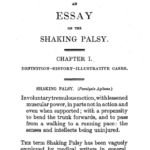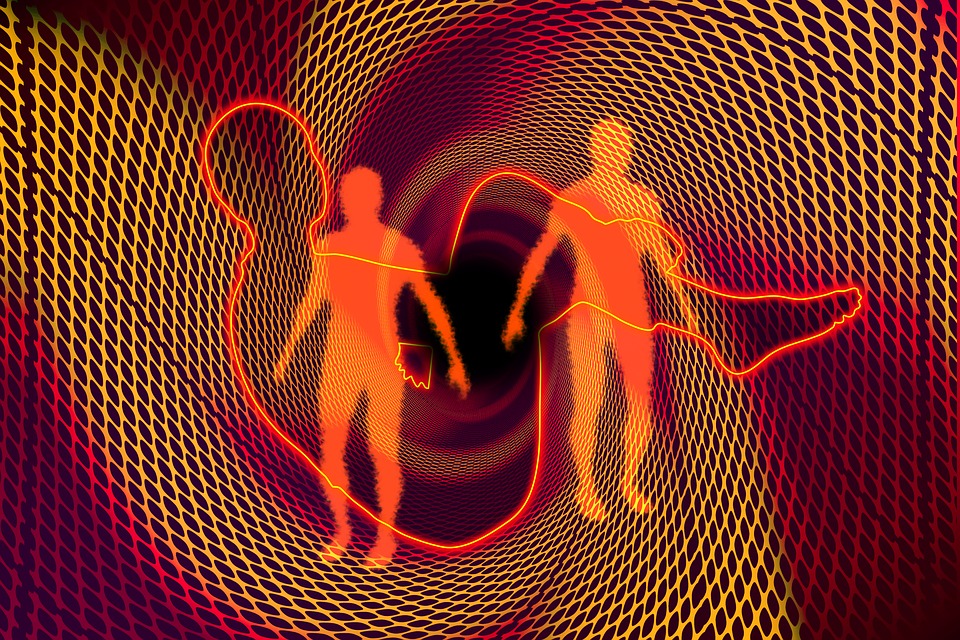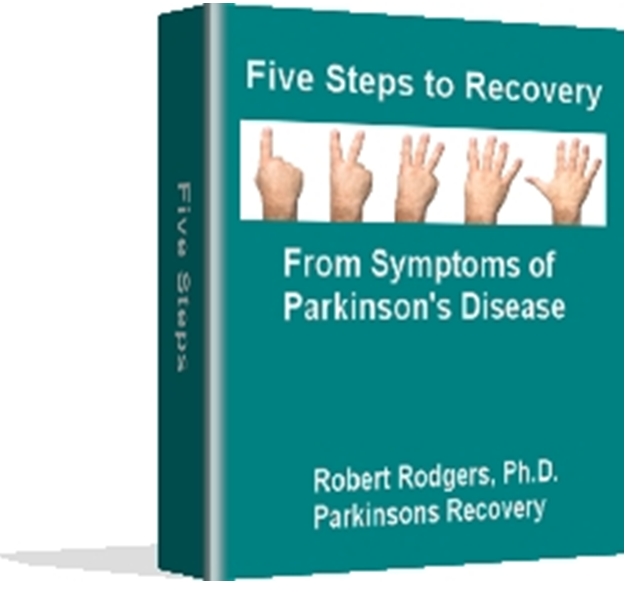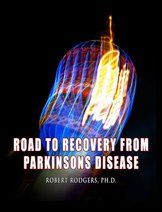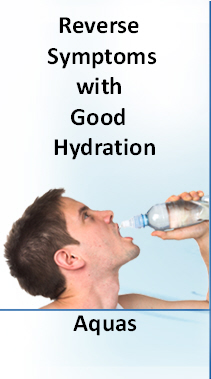Hello, I am so happy to have received the link to this website..VERY INSPIRATIONAL!!
I am an Energy Practitioner and Motivational Coach. I am presently healing Parkinsons with 2 clients who have been diagnosed with PD.
My 1st client, after 3 years since diagnosed, he has been doing incredible work/ inner work on himself and is transforming and shifting to a higher level of consciousness, awareness and spirituality- which is bringing him much trust, faith and hope in his recovery. His attitude is very Positive and he is feeling GOOD more than not!!! NO DRUGS!!! HE IS RECOVERING!!
On the other hand, my second client , also has been about 3 years since diagnosed.. still very depressed and closed to any new thing that I bring to him to help his attitude to guide him in the right direction of his recovery. I have directed him to this website, the blog etc.. He refuses.. but every week I continue to see him to do energy work, massage and coaching.
There are times that he gets very inspired and makes a couple of steps forward, but the majority of the time, he goes backwards. He is not getting any support or encouragement from his family- and lives in a very stressful household. I am getting frustrated as a practitioner but know only too well that everyone chooses to either heal or not.. It is in their own time and I can not force anything..
Do I continue with my therapy healing Parkinsons? I have been working with him now for about 1 1/2 years. He said that he was going to give himself til November 2008, with doing alternative work before he chooses medication.
His family wants him to go on medication, he really does not want to go on medication but does not want to do the work that will get him on the path to recovery. He is resistant to healing Parkinsons. It is a catch 22- He does not feel good, there fore he does not have the energy or motivation to do the work- but not understanding that if he does the work (yes- will be hard at first) but by continuing, he will feel better. He eats well and takes all of the supplements that is suggested but not moving his body and has become VERY STIFF AND SORE- CAN NOT MOVE.
Can you offer to me any words of advise or encouragement or support for me. If the only thing that I can do at this time is just to be there for support for him, then that is what I will continue to do, but it is frustrating watching this 36 year old man going down hill when he does not have to be. He wants to see PROOF.. Like I said, I have directed him to this website for proof but he is not looking.
Choices for Healing Parkinsons
Warm congratulations to the one client of yours who is feeling so much better. He is clearly on the path of recovery. It is a bumpy ride, so having you there will make all the difference in the world.
Your deep concern of course lies with your second client who is getting worse. Your question is : how do I help him? Your experience is very similar to my experience. Some people are deeply committed to heal and are willing to experiment until they find what approaches work for them. They do get better. I can assure you and your clients that there are many people on the path to recovery.
The second person would prefer to have someone fix them, to make the symptoms magically vanish. I don’t blame them one bit. When I have an ache – I feel the same way. Of course – no such “cure” exists with Parkinson’s, yet many people prefer to believe it will happen to them.
There are many very deep, unconscious reasons why your second client will not do anything to help himself. On the most basic level he does not have the energy to do anything but see you. A nutritional IV can help persons in such situations.
A nutritional IV is a direct infusion of essential vitamins and minerals directly into the body. It is not a chelation. It is mainlining food the body is not getting. Some naturopaths and medical doctors specialize in nutritional IV’s. It helps people get back on their feet and give a much needed burst of energy.
Second, I would recommend you suggest to him that the reasons for his symptoms may in part lie in the area of toxins. There are many gentle ways to detox the body. It sounds like to me he is not ready to address any of the stresses in his life or traumas which sound like are a key reason for the symptoms from your description. He may be open to doing a little detox work.
Third, some people – and he may be one of them – take on a condition from another family member out of love. Sometimes it is a parent or a grandparent. Sometimes it is a brother or sister. It depends. This is an unconscious entrapment into disease (his happens to be Parkinson’s). This is a larger family system issue that keeps people sick until they address the issue. He is unlikely to go there now, but maybe later.
Fourth, when people get stuck in the mud so to speak, I have a very counterintuitive suggestion to make. Give him a mantra to say three times a day for a week. The mantra is
I refuse to get better. I like my life just the way it is.
If he can connect that that place within himself that refuses to heal, he may be able to move forward. We all get stuck sometimes.
Why might he resist healing Parkinson’s? There may be negative pleasure in having the debilitating symptoms. This too is unconscious. He is not doing anything about his situation because having the disease gives him something.The condition defines his role in his family and the roles of all the other family members. If he gets better, it puts all of that delicate balance out of whack.
The point here is to make explicit his moment to moment choice to feel worse and worse. You can talk about all the things that will happen like nursing homes and wheel chairs so the truth is spoken out loud. We all make choices in our lives. Maybe the truth of the matter is that his true (though unconscious) choice is to check out of living and die.
Having said all of this, I think the job of a therapist is to honor whatever choice a client makes. Who is to judge that his choices are not the best for him, whatever they may be? When you ask what you can do for him, I would suggest you now put this back on him.
Ask him what he needs from you. Is he interested in healing Parkinson’s? Then give it to him in a loving way – honoring whatever choices he makes. You can facilitate his journey on whatever path he choices to take. Sometimes the most loving thing to do for a client is to honor their choice to get worse.
Keep up the wonderful work healing Parkinsons. Know in your heart that you are the perfect healer for him at this time in his life.
Robert Rodgers, Ph.D.
Founder 2004
Parkinsons Recovery
© 2024 Parkinsons Recovery

